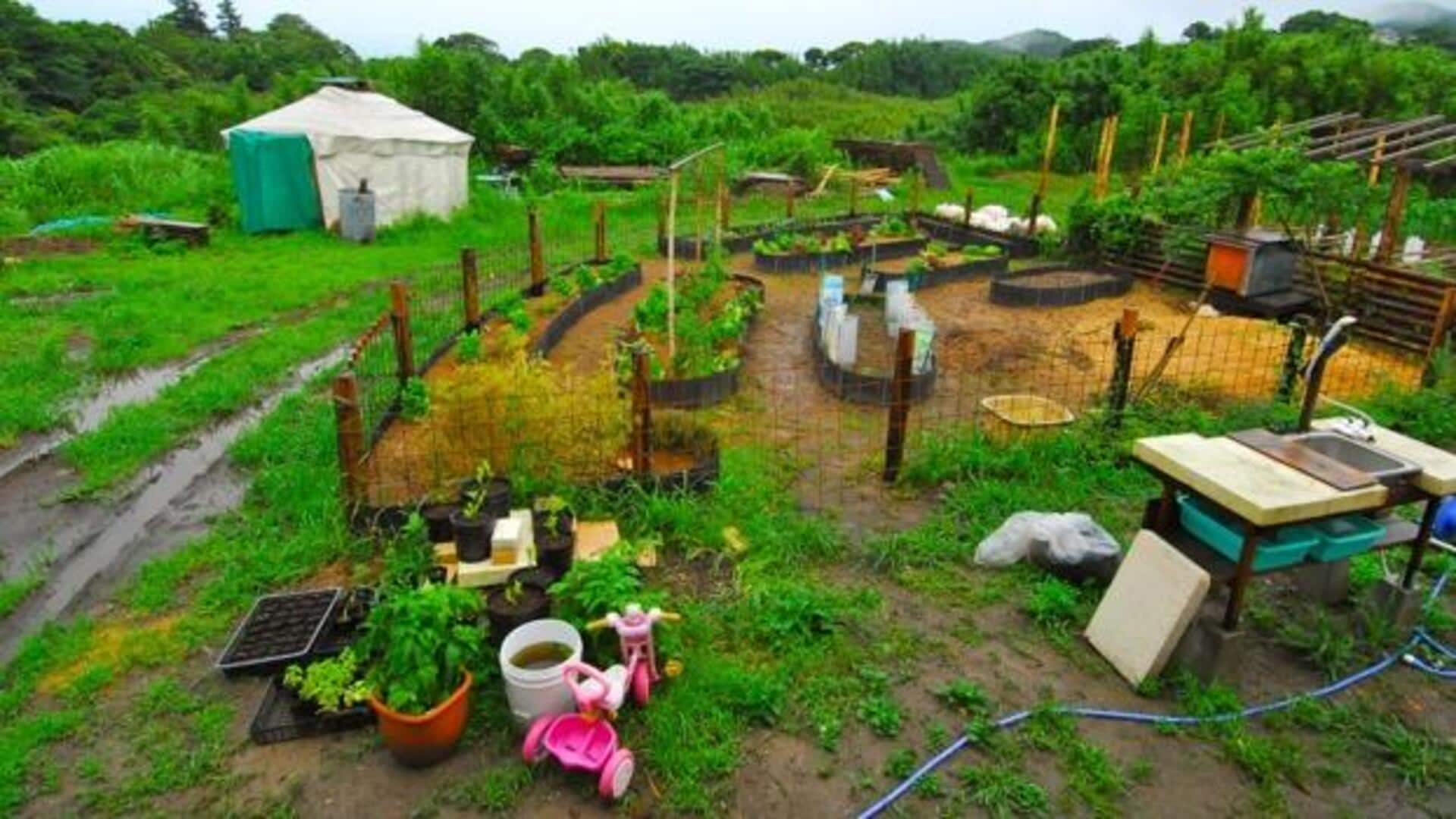
Japanese permaculture: 5 fascinating facts you didn't know
What's the story
Japanese permaculture techniques provide a unique take on sustainable agriculture, combining traditional practices with modern ecological principles.
The methods emphasize harmony with nature, resource efficiency, and community involvement.
By exploring these techniques, one can get an insight into how Japan has been able to cultivate its land sustainably for centuries.
Here are five surprising facts about Japanese permaculture that highlight its innovative and effective strategies.
Drive 1
Ancient rice paddy systems
Japan's rice paddy systems are an ancient form of permaculture, dating back over two thousand years.
The systems maximize water efficiency, utilizing gravity-fed irrigation channels.
The paddies also promote biodiversity, acting as a habitat for various aquatic species.
This method not only guarantees a stable rice yield but also helps the ecological balance of the surrounding environment.
Drive 2
Integration of aquatic life
In Japanese permaculture, integrating aquatic life, like fish and ducks, into farming systems is common.
By controlling pests naturally, the technique ensures that you have additional food sources, like fish.
The presence of these animals in the fields also increases nutrient cycling and reduces the need for chemical fertilizers, creating a healthier ecosystem.
Drive 3
Forest gardening practices
Forest gardening is another major aspect of Japanese permaculture, where different varieties of plants are grown together in layers, just like natural forests.
Not only does this method help boost productivity by simulating natural ecosystems and minimizing soil erosion, but it also provides habitat for pollinators and other beneficial organisms, ultimately making the entire farm more resilient to pests and diseases.
Drive 4
Use of natural fertilizers
Japanese farmers tend to use natural fertilizers like composted plant material or fermented organic matter called bokashi.
These enrich the soil without killing beneficial microorganisms or leaching into waterways as synthetic alternatives would.
This way, they keep the soil healthy over time while reducing the impact on the environment.
Drive 5
Community-based land management
Community involvement is an integral part of Japanese permaculture techniques through shared land management practices called satoyama landscapes—areas where human activity harmonizes with nature's processes.
Effectively managing resources collectively ensures long-term sustainability across regions.
Stronger social ties among residents working together towards common goals relate directly back to their local environments' well-being.
Overall, success stories abound from this collaborative approach, showing how people can live sustainably alongside thriving ecosystems when they cooperate closely enough!